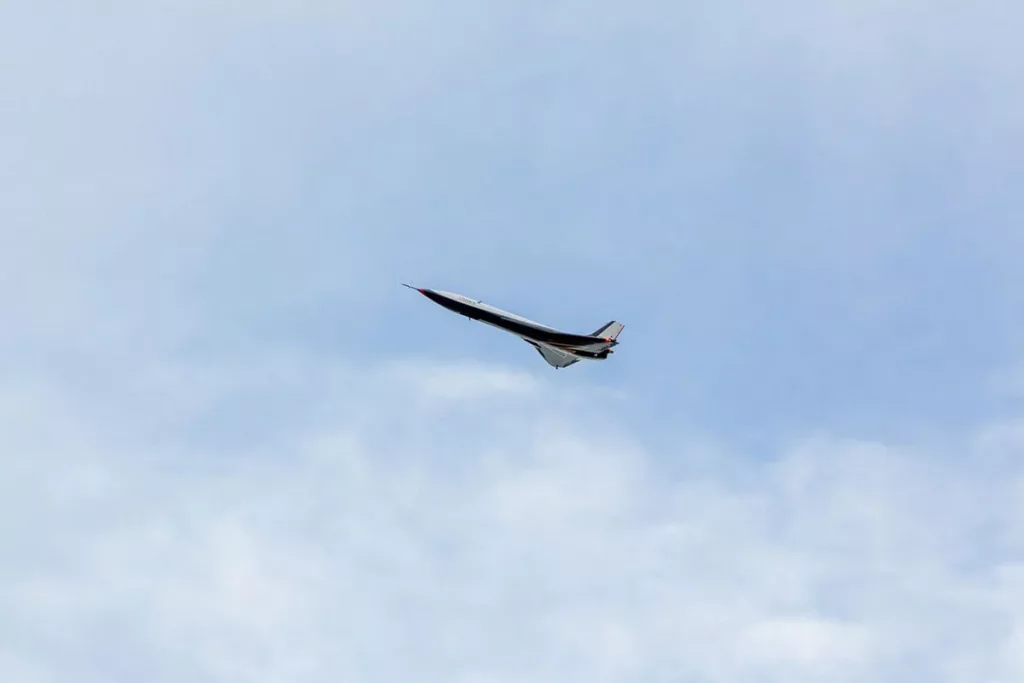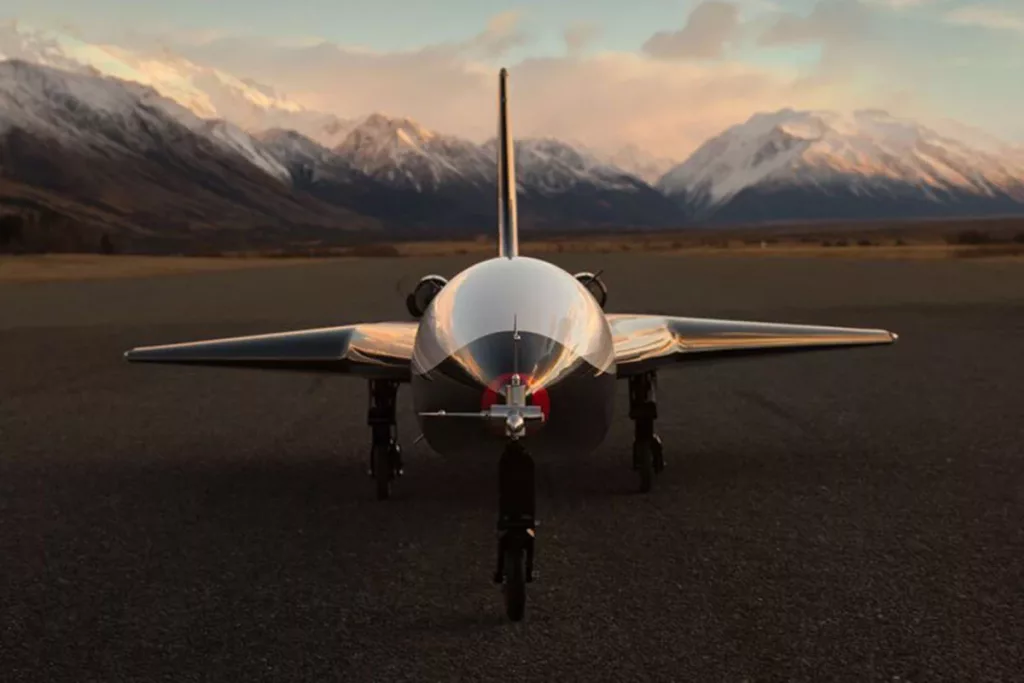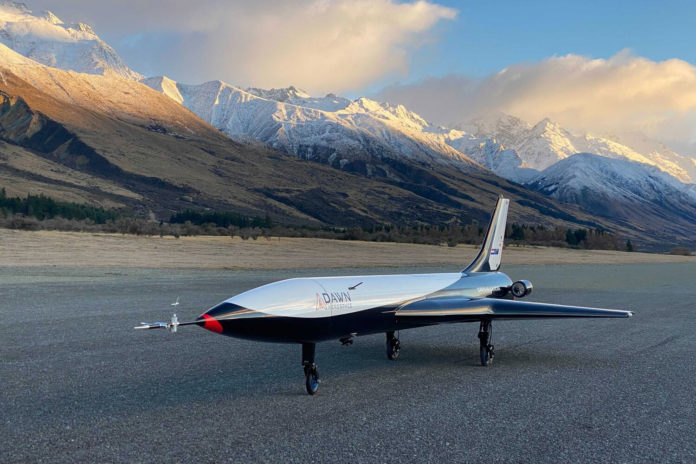Recently, two competing billionaires, Jeff Bezos and Richard Branson have launched successful trips to space in the race for commercial space travel. However, with the space gates now wide open for commercial flights, more companies are trying to join the race.
One of them is Dawn Aerospace that has successfully completed the first five test flights of its uncrewed Mk-II Aurora suborbital spaceplane. The flight tests conducted by the New Zealand-Dutch space transportation company took to the skies over Glentanner Aerodrome on New Zealand’s South Island. Taxi testing started last month, and the five flights occurred between the 28th and 30th of July, reaching altitudes of 3,400 feet (1,036 meters), with prototype airframe fitted with surrogate jet engines.

The test flights were to assess the airframe and avionics of the vehicle. Although it reached just over 1000 meters in altitude, the five takeoffs provided extensive data, which will be used for further research and improvements to the Mk-II.
The Mk-II Aurora suborbital spaceplane is designed to operate much like a fleet of aircraft, taking off and landing horizontally at airports. The initial testing was conducted using surrogate jet engines, but these will be replaced by a liquid-fuel rocket engine, which is already in the final stages of development. This will unlock higher performance for supersonic and high-altitude testing of the vehicle.

Mk-II serves as a technology demonstrator for the final variant, which is expected to reach the edge of space: a two-stage-to-orbit vehicle, the Mk-III. The suborbital plane is designed to fly 100 km (62 miles) above the Earth and aims to be the first vehicle to access space multiple times per day. The space plane is the size of an average car, just under 5 meters long and weighing just 75 kg – which also contributes to cost savings. While the Mk-II has a payload capacity of just 4 kg, the Mk-III will be much larger and capable of delivering 250 kg satellites to orbit.
In addition to conducting engineering tests, the Mk-II will also be used to capture atmospheric data used for weather and climate modeling and to conduct scientific research and technology demonstrations.
Last year, Dawn reached an important milestone by receiving the New Zealand Civil Aviation Authority’s certificate to fly Mk-II Aurora spaceplane from a conventional airport without exclusive airspace restrictions.
“Dawn is focussed on sustainable and scalable access to space, and our Mk-II vehicle is entirely reusable,” said Stefan Powell, CEO. “The team has successfully captured extensive data enabling further R&D on the capability of Mk-II. I’m hugely proud of our engineering team for designing and building a vehicle that flies beautifully the first time and just as predicted. We are delighted with the results and demonstrating rapid turnaround – we conducted five flights within three days, and two flights occurred within ninety minutes of each other.“
